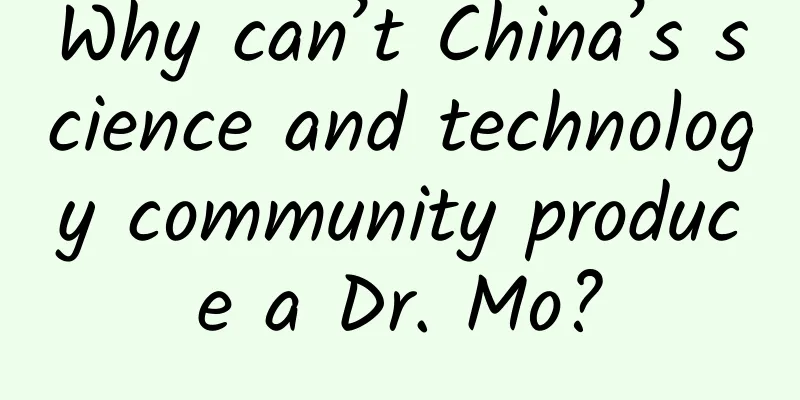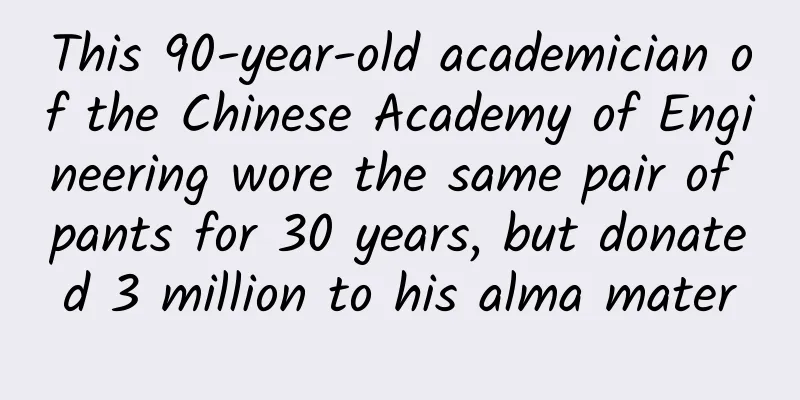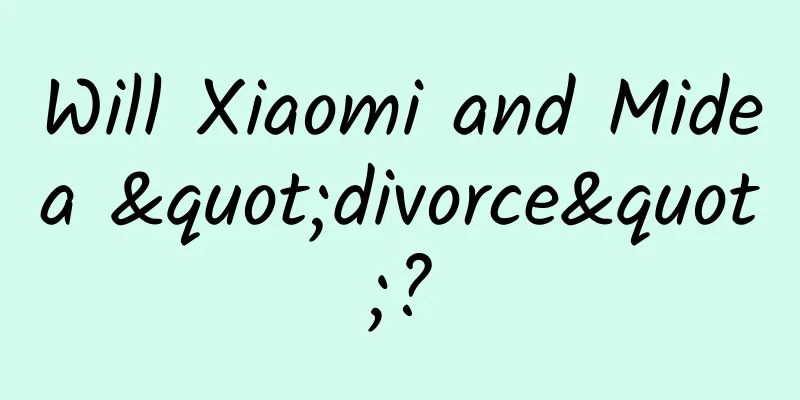[Grain Policy of a Great Country] Deep Sea Aquaculture 2.0: Using Technology to Unlock the "New Copy" of the Blue Granary
![[Grain Policy of a Great Country] Deep Sea Aquaculture 2.0: Using Technology to Unlock the "New Copy" of the Blue Granary](/upload/images/67f1c98da4db7.webp)
|
[Grain Policy of a Great Country] Deep Sea Aquaculture 2.0: Using Technology to Unlock the "New Copy" of the Blue Granary The Central Document No. 1 of 2025 proposed to support the development of deep-sea aquaculture and the construction of marine ranches. Deep-sea aquaculture is an important part of my country's blue granary strategy. The proposal of the blue granary strategy has pointed out the direction for the sustainable development of my country's marine aquaculture in the new era, aiming to reduce the impact of aquaculture activities on coastal waters, expand aquaculture space, and achieve high-quality development of marine aquaculture. From the coast to the deep blue: a "technological revolution" in aquaculture Simply put, deep-sea aquaculture means adopting advanced aquaculture techniques and facilities to develop aquaculture in deep and deep sea areas, produce healthy and clean aquatic products, and provide people with more and better quality deep-sea nutrient sources. Deep-sea aquaculture is beneficial to the recovery of shallow-water ecosystems and environmental protection, and also helps to achieve the recovery and sustainable utilization of key nearshore biological resources. It is necessary for the sustainable development of my country's marine aquaculture, for ensuring my country's food security and offshore ecological security, and for effectively utilizing my country's marine resources and asserting its marine rights and interests. Cultivating the sea and fishing are important measures for humans to actively obtain food from the ocean and use the resources of the country's sea area in a targeted manner to ensure food security. When we see a wide variety of seafood products on the market, do you ever wonder why we can taste high-quality seafood all year round? This is inseparable from the silent dedication of my country's marine aquaculture industry - the scale of aquaculture has expanded year by year, the aquaculture varieties have been continuously enriched, and the aquaculture model has become increasingly diversified, making important contributions to national food security, national economy and trade balance. In the 1950s, my country had already made breakthroughs in the key technology of kelp farming. After the reform and opening up, breakthroughs have been made in the artificial breeding technology of shrimp, scallops, marine fish, etc. Since the beginning of the new century, cage and factory farming technologies have developed rapidly, especially the promotion of deep-water wind and wave resistant cage farming and offshore ecological and healthy farming technology, which has greatly promoted the rapid development of my country's marine aquaculture industry. The large-scale farming of "shellfish, algae, shrimp, fish, and ginseng", known as the fifth wave of China's marine aquaculture, can be regarded as the fruitful results of my country's independent innovation in marine science and technology, and is also a model example of how science and technology benefit people's lives. Deep sea aquaculture, we have seen the oncoming marine aquaculture, a new wave is forming... Among the 24 new scientific and technological achievements released in 2024, 6 are technology and facility innovations related to deep-sea aquaculture, including efficient operation systems and intelligent control technologies for deep-sea fish aquaculture, intelligent precision feeding system equipment for fish, intelligent netless yellow croaker aquaculture sonic control devices, marine ecological modern live fish transport ships, bulk intelligent weight-based feeders, multi-source sensing for fishing vessels and complete sets of AI integrated smart terminal equipment, etc. Deep-sea aquaculture is a comprehensive system engineering. Is it an efficient operation system and intelligent control technology for deep-sea fish farming? This technology is based on the development background and needs of deep-sea smart fish farming, and comprehensively utilizes the Internet, Internet of Things, artificial intelligence, big data, cloud computing and edge computing and other new generation information communication and computer technologies under the open architecture of cloud computing, introduces edge intelligent collaborative control technology, and builds a deep-sea aquaculture platform control system based on cloud-edge collaboration. Smart fisheries (Photo credit: Professor Liu Ying of Zhejiang University) On this platform, the technical systems and capabilities of perception, computing, communication, control, and decision-making of deep-sea aquaculture equipment are gathered together, aiming to improve the localization level and independent controllable capabilities of deep-sea intelligent aquaculture equipment, improve aquaculture production efficiency, reduce the cost of artificial aquaculture, change the traditional individual fishery farming model, and establish an intensive, large-scale, and industrialized fishery farming model, and ultimately achieve the green and sustainable development strategic goal of "efficient, high-quality, ecological, healthy, and safe" fishery farming. The "Guoxin No. 1" aquaculture vessel is engaged in cruising aquaculture at sea (Photo provided by Guoxin CSSC (Qingdao) Marine Technology Co., Ltd.) Modern deep-sea aquaculture platforms are generally set up in open waters with a depth of more than 15m and large waves, in offshore reef waters (3nmile) or in seawater aquaculture cage platforms with aquaculture water bodies exceeding 10,000m³. Therefore, the characteristics of deep-sea aquaculture are long distance from shore, poor working environment, and inconvenient manual inspection. It is necessary to ensure the personal safety of employees and the safe and healthy growth of fish. Therefore, it is particularly important to monitor the hydrology, water quality, and meteorological information of the aquaculture waters, remote control and maintenance of aquaculture equipment, and aquaculture process management. Deep blue sea aquaculture (Photo courtesy of the Chinese Academy of Fishery Sciences) Future challenges: How to equip deep-sea aquaculture with the “strongest brain”? With the integrated development of new generation information and communication technology and computer technology, we integrate energy supply and energy management in various forms through microelectronics technology, remote communication technology and advanced control theory. We have self-balancing sinking cages that are resistant to typhoons and high sea conditions and waves, automatic feeding facilities, aquaculture environment monitoring, aquaculture process monitoring and management systems. These facilities can realize the comprehensive integration and fusion of aquaculture equipment, system equipment and sensors, and form remote monitoring of deep-sea aquaculture, unmanned cage aquaculture systems, and realize the automation, networking, informatization, digitization and intelligence of deep-sea aquaculture. Deep-water wind and wave resistant cage with recreational function (Photo provided by Huang Bin of Yellow Sea Fisheries Research Institute) The development trend of deep-sea aquaculture is to achieve precise and intelligent management of the entire life cycle of aquaculture equipment and aquaculture processes. To achieve this goal, we still need to explore and break through a lot of scientific and technological breakthroughs. Based on the solid foundation laid by the older generation of scientists, the new generation of scientists will leverage their advantages in learning and applying artificial intelligence, show their talents in the journey of my country's deep-sea aquaculture towards intelligence, and promote the high-quality development of my country's deep-sea aquaculture. Produced by: Popular Science on China's Great Grain Policy Author: Liu Yadan, Researcher, former Assistant Secretary-General of the Chinese Society of Fisheries and Chief Scientific Communication Expert of China Scientific review: Wang Qingyin, former director of the Yellow Sea Fisheries Research Institute, Chinese Academy of Fishery Sciences, former chairman of the Chinese Society of Fisheries Planning: Wu Yuetong Editor: Xu Yingying (internship) |
>>: The Chinese catalpa duo from the Beijing Biosphere! Why do a fish and a tree have the same name?
Recommend
After reading Martin Whitman, I realized I was stupid.
Like "Securities Analysis", this is a b...
The 5 routines of event operation are the longest road I have ever walked!
An activity is an operational means to quickly ac...
What are the functions of Foshan flower group buying mini program? How much does it cost to develop a flower shop mini program?
Every time a festival comes, many people will buy...
How did the first feathers grow?
Friends who don't usually pay attention to di...
A power strip full of chargers is not "convenient" but "dangerous"! After reading this article, you will want to go home and unplug the power cord
Edit: Thanks One of my husband and dad’s favorite...
How much does it cost to attract investment in Weifang Watch Mini Program? What is the investment price of Weifang Watch Mini Program?
The advantages of WeChat mini program investment ...
Five ways to promote and attract new customers on APP
Now when you open the app store , whether it is f...
Why are your new users worthless?
Mastering how to organize activities is one of th...
Big promotion secrets: category strategy and product matrix
This article continues to talk about big sales. T...
Many international firsts! China's Sky Eye has made another achievement!
In the vast universe, there is a burst of radio w...
Microsoft has earned more than $6 billion in patent fees through the Android platform
[[154452]] According to foreign media reports, Mi...
6 Best Strategies for Google Adwords Keyword Bidding!
How much money should you spend to start your Goo...
Besides VR, what else can leverage the Internet of Things in 2016?
In 2016, the Internet of Things was written into ...
The fifth session of the Aiti Tribe Technical Clinic
【51CTO.com original article】 [51CTO original arti...
Drink water scientifically and use drinking water purifiers correctly
my country's drinking water hygiene standards...









